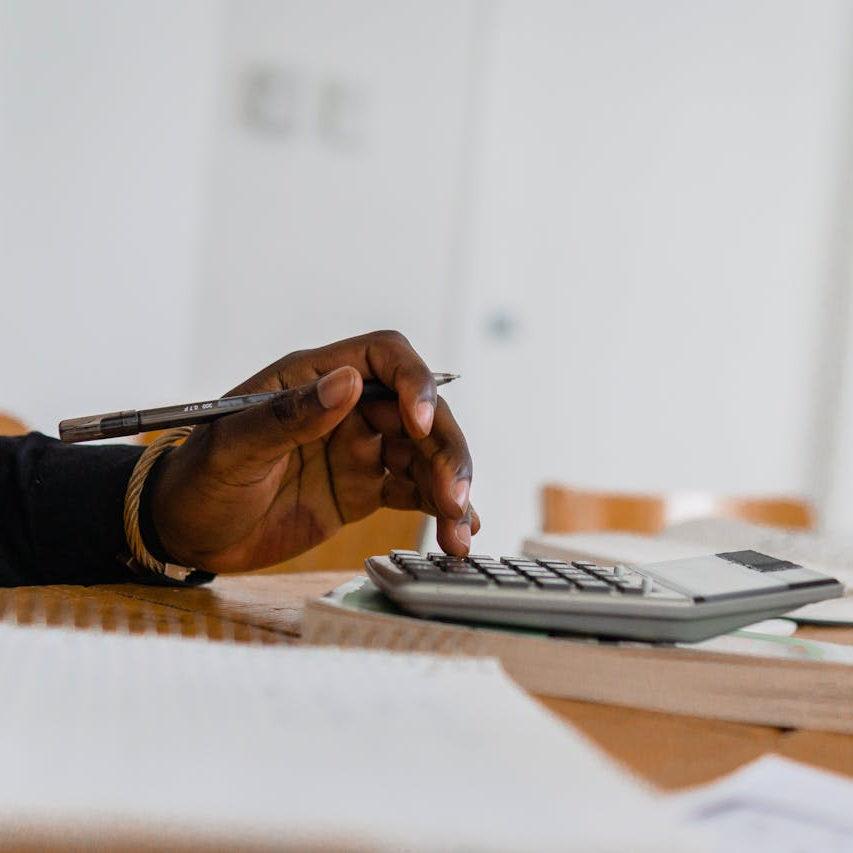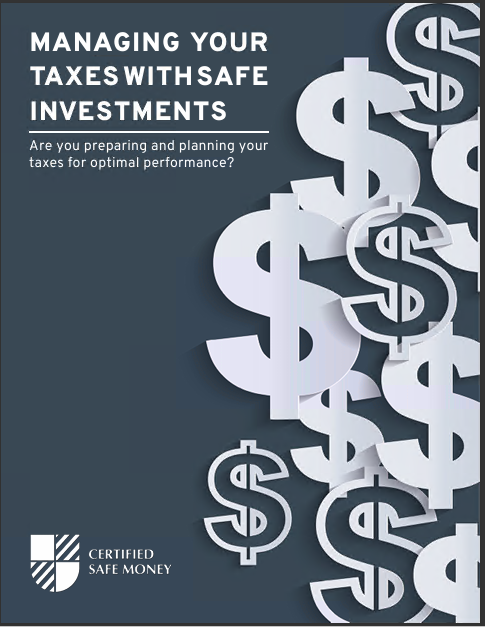Keeping your money safe is important at every stage of life. Numerous risks can reduce the size of your portfolio. These can include stock market volatility, inflation, a costly healthcare need, and even living too long because your money needs to be stretched for a longer period of time and in turn, it is subject to all of the other risks.
When it comes to investing, the larger the loss, the higher the gain that is required just to get back to even. As an example, if you invest $10,000 and in the first year it loses 50% of its value, it will then be worth just $5,000.
However, in the following year, if the value goes up by 50%, it will still only be worth $7,500 not your original value of $10,000. For that to happen, the return in the second year would have to be 100%.
Gain Required to Break Even Following a Loss
|
Percentage Loss |
Gain Needed to Restore the Loss |
|
10% |
11.1% |
|
20% |
25% |
|
30% |
42.9% |
|
40% |
66.7% |
|
50% |
100% |
|
60% |
150% |
|
70% |
233.3% |
|
100% |
Broke |
Depending on where your money is, it could be protected from various dangers. For example, certain types of bank accounts are covered by the Federal Deposit Insurance Corporation (FDIC). So, if the bank goes under, you could still recoup some or all of your funds.
In any case, it is recommended that you work with a financial advisor who is well-versed in principal protection strategies.













